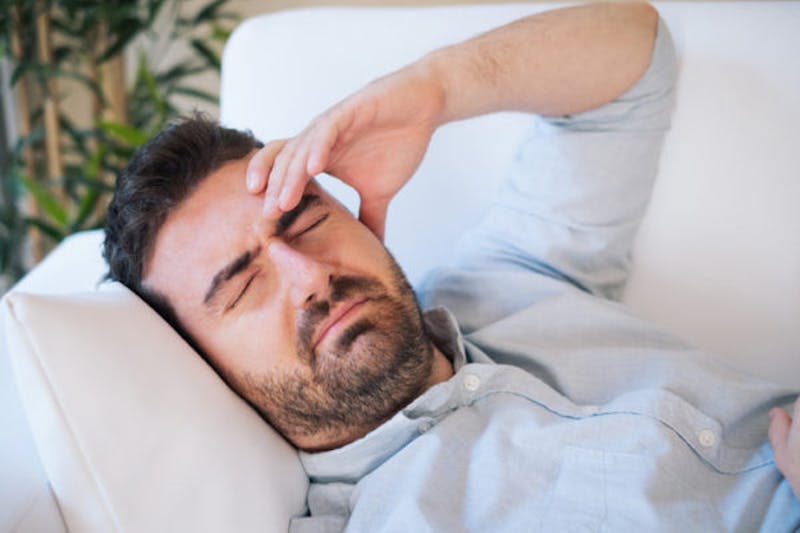
Last time you stopped by, we spoke about balance issues many Americans have. Balance problems can affect a lot in the human body, so many seek out a hearing center such as ours for help. This week, we are going to share what a patient can expect during each type of balance testing.
Types of balance testing:
There are multiple ways doctors go about balance testing. In our last article, we discussed the posturography test. This test is very useful to your hearing doctor.
The patient is instructed to wear a safety harness and must stand on a platform. This posturography test is useful because it shows the ENT doctor which parts of the balance system the patient relies on most.
ENG test:
Your otolaryngologist at Orlando ENT Hearing Center may use another method of balance testing. The electronystagmography and video nystagmography are two tests that record your eye movements. The eyes play a large role in the vestibular system and directly relate to vestibular function and balance.
Electronystagmography uses electrodes. Video nystagmography uses small cameras to record the patient’s eye movements. This study may be referred to as a ENG test. This test is often used to evaluate people with balance issues and disorders that affect hearing and vision.
The ENT specialists measure the electrical changes in the electrical fields within the eye. Electrodes are placed in various locations above and below the eye to record electrical activity. ENG can detect nystagmus, also called rapid eye movement. Nystagmus may be a response to various stimuli.
If a patient has nystagmus but not in response to stimulation, there may be an issue within the ear, certain parts of the brain, or nerves that connect to the ear. ENG is also used to distinguish between lesions in various parts of the brain and nervous system.
Rotary Chair Test:
The vestibular and visual systems work together to maintain visual clarity of objects during head movement. The vistibuloocular reflex, or VOR, is the reflex that makes this possible. Vistibuloocular reflex permits indivduals to perform routine activities such as reading street signs while walking down the sidewalk.
Most people are unaware of what this system in the body until it does not properly function. During the rotary chair test, the patient will sit in a rotational computerized chair. This chair is usually placed in the center of a dark and small room.
The chair used during this test is similar to those used in eye examinations. This chair will have a seat belt and security head strap to keep your head and torso in place. The patient being tested will wear a pair of infrared video goggles.
These googles are used to record eye movements for the duration of the test. The patient is usually alone in the room but will have a microphone to speak to the audiologist operating the chair and conducting the rotary chair test. The patient can let the audiologist know at any time if they would like to stop the test or just take a break.
The test usually takes about thirty minutes and includes different sub-tests. All of these tests are designed to assist the hearing doctors if the patient’s imbalance is attributed to the vestibular system or a central nervous system problem. During this test, similar to the ENG, doctors monitor and record eye movements carefully.
This test monitors the VOR while the chair moves in different ways. The rotary chair test monitors rapid eye movement as well. The eye usually moves quickly from side-to-side, but sometimes, the eyes moved up-and-down too.
The first part of the rotary chair test used for balance testing is called the oculomotor test. The oculomotor test measures the eye movements in response to moving lights projected on the wall in front of the patient. The next section of the test monitors the eye movements while the chair is moved in different directions with various speeds.
During all three tests mentioned today, patients should mention to their audiologist if they experience any dizziness, nausea, imbalance, or headaches during and after the testing. Please call today to speak about any of the symptoms mentioned above. Testing may sounds like a bother, but in the long run, you will thank us if we find a balance problem.
Come speak with our ENT specialists about ways to relieve you of dizziness or headaches. Thank you stopping by once again. Come back next time!
Staff Writer

